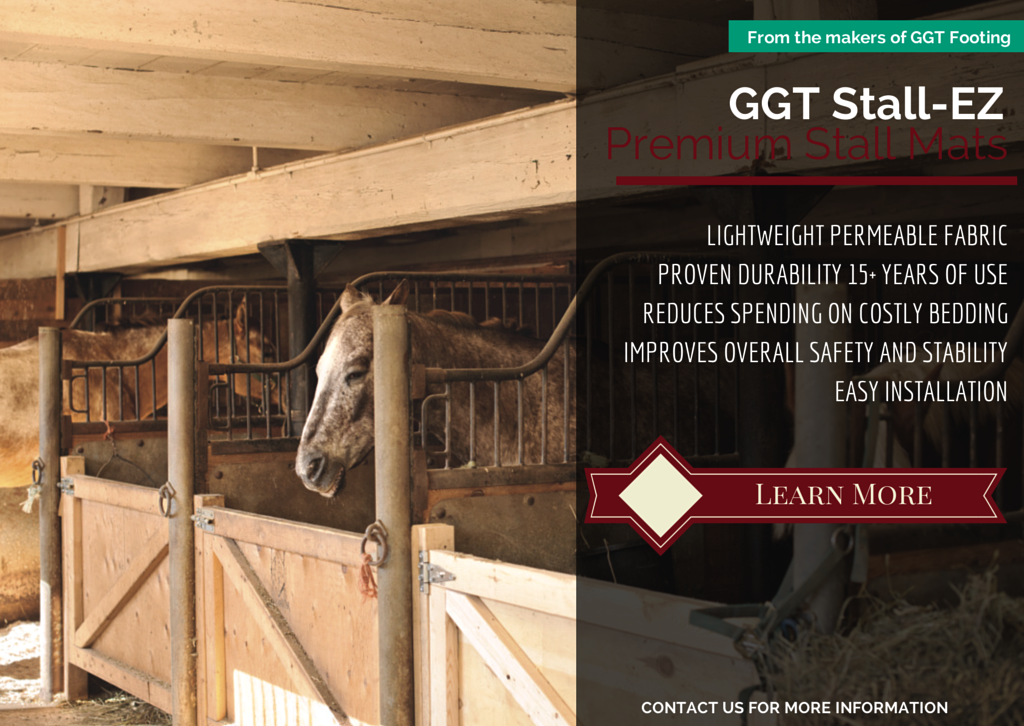According to the United States Dressage Federation, "Dressage is a French term meaning “training” and its purpose is to develop the horse’s natural athletic ability and willingness to work, making him calm, supple and attentive to his rider."
Because dressage is highly choreographed, and competitive, there are international standards for arena sizes. Dressage arenas are long and narrow, compared to riding rings used for jumping, riding patterns, and other purposes. A full-size ring measures 66' x 198' (20 x 60 meters), while a standard small ring is 66' x 132’ (20 x 40 meters).
Siting the Arena
Once the decision is made to build an arena, the first decision is size, the second is where to site it. Here are some considerations:
Truck Access -- Building an arena requires heavy equipment and the trucking in of stone and other bulky materials. In terms of cost, the ideal site will be accessible to large trucks. If not, the project may require many more trips with smaller vehicles, which adds to the cost.
Drainage -- Drainage is an important consideration, for the benefit of horses and riders, and for the longevity of the footing. Poor drainage will lead to water pooling on the surface of an outdoor arena, and possible flooding of an indoor one. Drainage can be improved during the building process, but starting with a slightly elevated site reduces the cost of the project. Drainage is a factor for the area around the arena as well.

Caption: Arenas can be outdoors or enclosed, and constructed with a variety of materials. Most arenas have at least three layers: the sub-base, base and footing.
The Arena Structure
Arenas can be outdoors or enclosed, and constructed with a variety of materials. Most arenas have at least three layers: the sub-base, base and footing.
Sub-base – The sub-base is the foundation of the arena. It's created by removing soil down to a solid base, such as clay. Drainage can be added if needed. The soil can be used for landscaping around the arena, which saves the expense of removing it.
Base – The base provides a stable, uniform platform for the surface material. It consists of a highly compacted course material, such as stone.
Footing -- Footing is the surface material of the arena. Our post from July 9th, "What Aspects Make for a Good Dressage Arena Footing," offers tips for how to choose footing.
At East-West we're horse people, and experts in designing and building riding facilities. If you're considering a dressage arena, please contact us. We would be very happy to answer your questions and discuss your needs.


